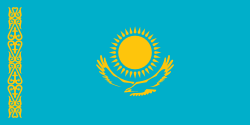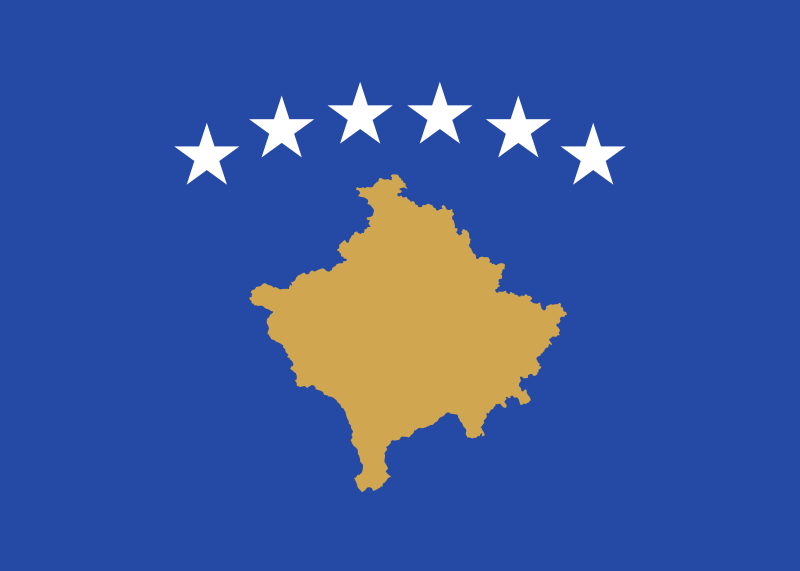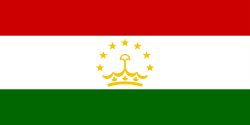General Information
Population
Immigration
Emigration
Working-age population
Unemployment rate
GDP
Refugees and IDPs
Citizenship
Territory
Migration Authorities
Responsible Body
Line Ministries
Agencies
Description
Throughout its history, the migration profile of Spain has changed several times. Since the late 1980s, Spain has been predominantly an immigration country. The expansion of the Spanish economy turned it into one of the leading immigrant-receiving countries in Europe and globally, and its immigrant population rose from around 500.000 in 1995 to two million in 2004. The economic crisis of 2008, however, had a profound impact on the Spanish job market, which resulted in a sharp decline in immigration and an increase in emigration that lasted until 2014. The trend has again reversed in 2015, and in 2020 the country ranked among the top 10 receiving countries globally. Importantly, while before the 2008 economic crisis the majority of immigrants came to Spain from Latin America and Morocco, the most recent flows feature a larger number of migrants from European and African countries.
In 2021, 530.401 people, 14% of whom were Spanish nationals, arrived in the country, and immigrants accounted for 7.3 million (15.6%) of the 47.3 million population of Spain. Overall, the inflow was particularly high in the pre-pandemic 2019 with a record 750.000 persons arriving to Spain and after a 37% drop in 2020, it started to recover in 2021. The main countries of origin of immigrants in 2021 were Morocco (951.083), Romania (556.204), Colombia (538.884), Ecuador (416.935), Venezuela (415.197), the UK (288.052) and Peru (252.971). In 2020, 680.759 people – 38% from Central and South America, 28% from European countries (under the EU free movement), and 22% from African countries – obtained residence permits in Spain. According to Eurostat, the number of all valid residence permits issued to non-EU nationals at the end of 2021 exceeded 3.4 million, representing a record number since 2012.
Immigrants arrive in Spain for various reasons, such as work, study, family reunification and retirement, but economic reasons prevail. The economic growth in the period 1998 to 2008 necessitated the demand for foreign workers in low-skilled and informal jobs in sectors such as agriculture, hospitality, care work and most of all construction. Since 2009, however, there has been a drop in labour migration and a relative increase in arrivals for other reasons. While Spain granted 373.865 work permits in 2009, only 114.381 were granted in 2019. Most immigrants are still concentrated in low-skilled and informal jobs but there is also a growing number of mostly European immigrants in highly skilled employment. A 2019 study by the Spanish Migration Observatory shows that 76% of Asian men (mostly from China) work in commercial activities, including hospitality. African men have high rates of employment in agriculture (22.5%), while African women most often occupy “elementary” low-skilled positions (60%). Immigrants from EU-15 countries are mostly found in professional, administrative or technical occupations (56% of men and 63% of women).
The rate of naturalization in Spain is consistently high. In 2021, 2.408.494 foreign-born persons had Spanish citizenship (33%). For naturalization, the general requirement is ten years of residence in the country. This period is reduced to five years for refugees and two years for immigrants from Latin America, the Philippines, Portugal, Andorra and Equatorial Guinea. In practice, this means that a large number of Latin American immigrants acquired Spanish citizenship in the past decade. Between 2009 and 2021, a total of 1.523.951 people naturalized, mostly from Latin America.
In 2022, 2.742.605 Spaniards resided abroad. Of those Spaniards living in other countries, 31% were born in Spain, 58% were born in their current country of residence, and 10.6% in other countries. The main destinations are Argentina (480.159 Spaniards in 2021), France (290.033), the United States (183.003), Germany (178.488) and the UK (176.054). Emigrants born in Spain primarily reside in other European countries and in the Americas. Since 2018, Spaniards are leaving mostly for economic and work reasons. Before the 2008 economic crisis, however, emigrants were more likely to leave for family reasons or to study. In 2021, 381.724 people left the country, 20 % of whom were Spanish nationals. Over the past decade, the share of Spanish citizens in annual outflows had been 22% or around 78.000 persons on average.
Irregular migration to Spain is considerably high. In the late 1990s and early 2000s, informal employment was particularly widespread among immigrants. As a response, by 2005 Spain carried out several mass regularization processes to grant legal status to unauthorized immigrants. Irregular flows consist of migrants entering legally on a visa or visa-free and overstaying the permitted period, as well as migrants entering irregularly by land (at the African enclaves of Ceuta and Melilla) and sea along the West Mediterranean and West African routes. According to the UNHCR, the Western Mediterranean route from Morocco to Spain became the main point of entry to Europe for irregular sea arrivals in 2018. In 2021, there were 41.979 sea arrivals in Spain, almost twice as many as in 2017. Since 2009, Spain has been returning migrants without the legal right to stay via the voluntary return programs with the IOM. Between 2019 and 2021, 1.943 people were assisted in their return, and the largest number (522) returned to Colombia. In 2021, there were 30.615 non-EU nationals found to be illegally present in Spain, down from 72.265 in 2020. In 2020, 50.285 people were ordered to leave Spain but only 4.855 were returned following an order to leave.
Spain has not traditionally been a prominent destination for asylum seekers, but this started to change in 2017. Only 3.422 people sought international protection in Spain in 2011, while the number rose to 88.826 in 2020, making Spain one of the top three countries receiving the largest number of asylum claims in Europe. Before 2012, most asylum seekers were from the African continent, while in recent years most have arrived from Latin America. The main countries of origin of asylum seekers in 2020 were Venezuela (28.375) and Colombia (27.586), followed by Honduras (5.536) and Peru (5.160). In 2020, 4.359 people – primarily from Nicaragua, Honduras and Colombia – received refugee status, and 40.726 obtained residence permits for humanitarian reasons. According to UNHCR, Spain hosted 122.539 refugees in 2021.
Since the onset of the war in Ukraine and until 8 August 2022, close to 133.000 refugees from Ukraine were registered under the temporary protection in Spain. The national data shows that the Ukrainian resident population in Spain has more than doubled between the end of February and the end of June 2022.
Spain actively participates in migration dialogues being a party to the Rabat Process, Khartoum Process, the Prague Process and the Budapest Process. It endorsed the Global Compact for Migration in 2018. In 2021, the Spanish government adopted a decree that facilitates access to the residence and work permits for unaccompanied children once they turn 19. In July 2022, Spain made changes to the Immigration Act in order to expedite the provision of work permits for non-EU nationals (both hiring employees and obtaining a self-employment permit), ease the granting of student permits, and create new residency options for irregular migrants currently residing in the country.
Relevant Publications



















































